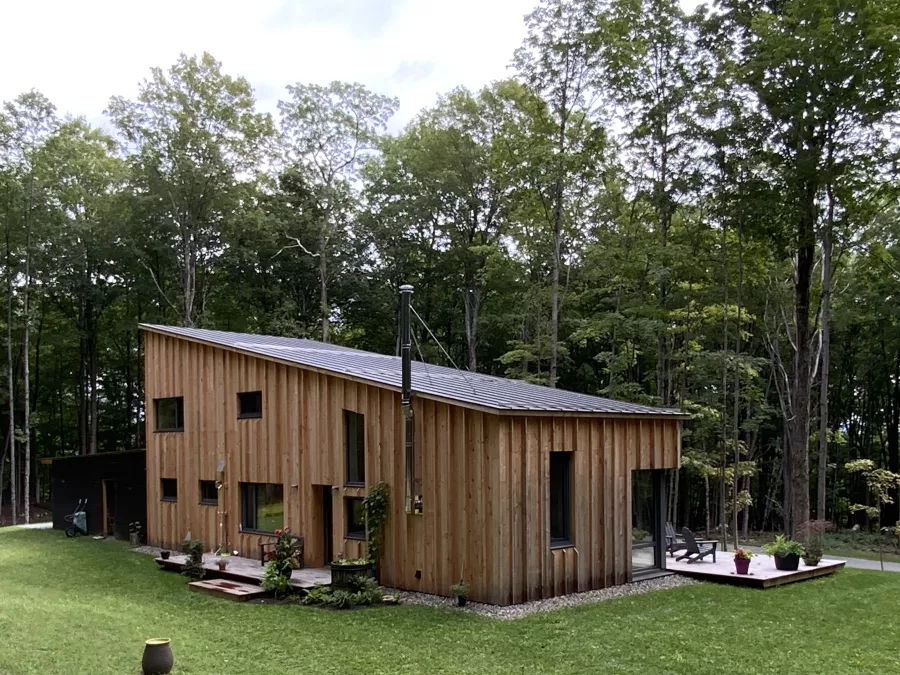Passive homes have emerged as a leading solution in the quest for energy efficiency and sustainability. These homes, designed to be ultra-low energy buildings, require meticulous planning and execution. One critical step in the process is commissioning, a quality assurance measure that ensures the home’s systems perform as intended. In this guide, we delve into why commissioning is crucial in passive homes.
Before we delve deeper, you may want to read about some passive retrofit success stories to understand the potential of passive homes.
Understanding Commissioning in Passive Homes
Commissioning in passive homes involves testing and adjusting the systems and components to ensure they meet the design intent and operational needs. It is a critical step in the construction process that guarantees the home’s performance and energy efficiency.
Why Commissioning is Essential
Commissioning ensures that the passive home’s design is realized in its construction. It verifies that the installed systems are functioning correctly and efficiently, which is crucial for energy conservation and cost savings. Without proper commissioning, the benefits of a passive home design may not be fully realized.
For more information on passive house design, check out this comprehensive guide.
Conclusion
Commissioning is a vital step in the creation of passive homes. It ensures the home’s systems are functioning as intended, leading to energy efficiency and cost savings. By understanding the significance of commissioning, homeowners and builders can ensure the successful realization of a passive home’s benefits.
To get started with your own passive home, you may want to test systems with solar cam or learn how to design for energy flow.




